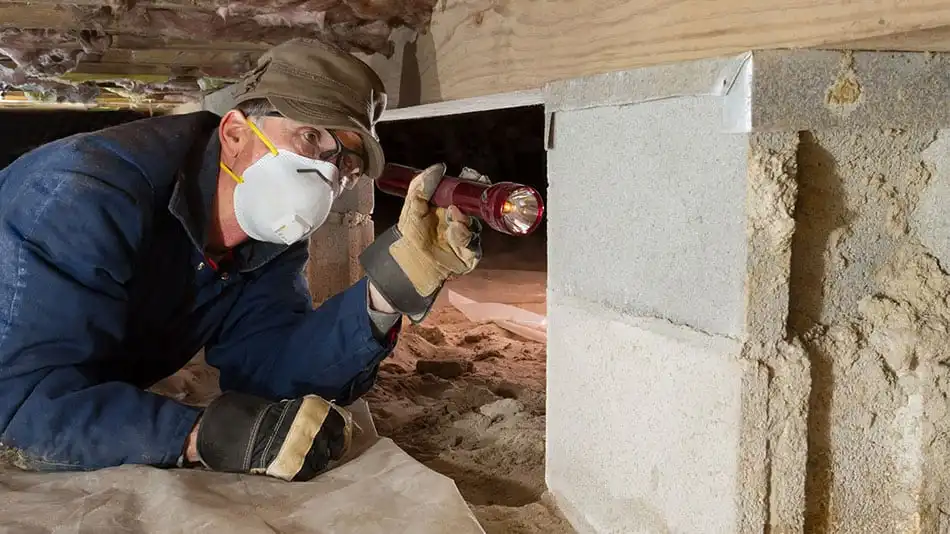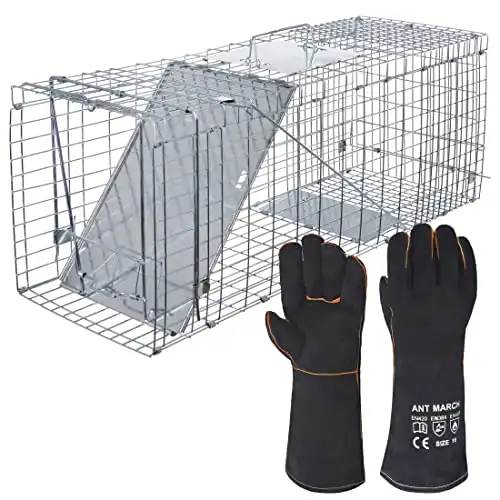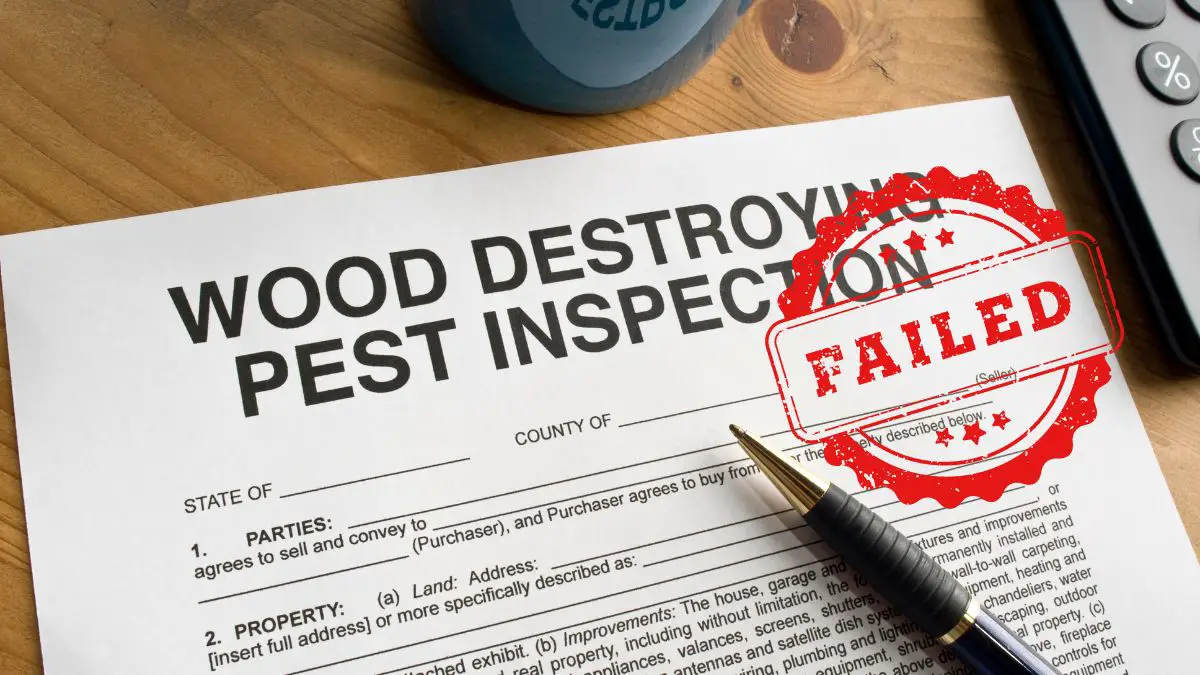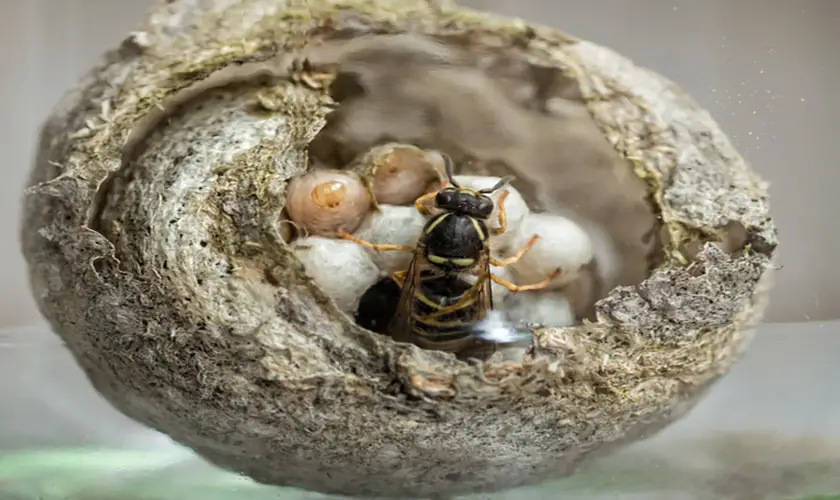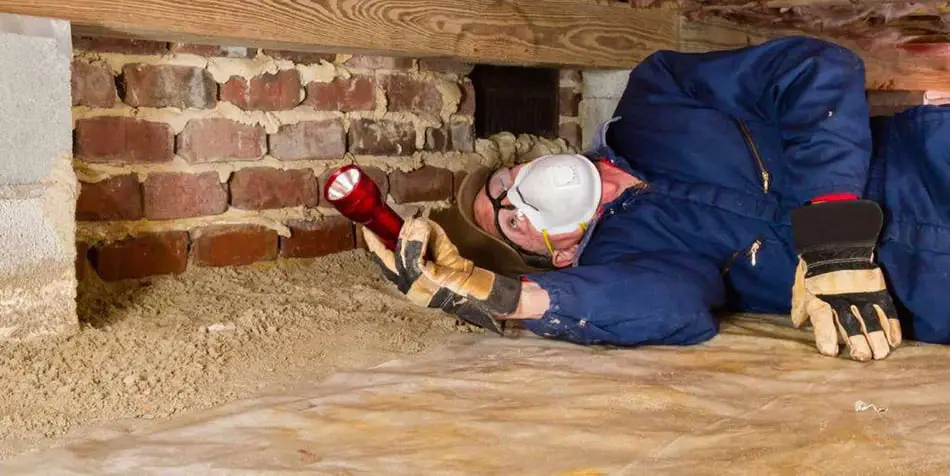
Raccoons may look cute and cuddly. However, they can be dangerous and costly pests. Firstly they can carry diseases, mainly rabies, but they can do substantial damage to your property.
On top of that, they are just annoying to deal with at times. This is especially true with them going through your garbage and making a mess of your yard. There are few different ways to get rid of them, trapping included. But are they hard to trap?
The difficulty of trapping a raccoon depends on the raccoon and the season. During the winter, raccoons are much less likely to come out and scavenge for food than during the summer. Taking this into account, raccoons are also very clever.
They learn by doing and watching, meaning if a raccoon watches another raccoon from its gaze (group or family), it knows from that and may avoid traps. These types of raccoons are called “cage-shy” and are more difficult to trap.
The main ingredient in trapping cage shy raccoons and raccoons, in general, is patience. Eventually, raccoons will fall for the bait and get stuck in your traps.
Get FREE quotes from licensed pest control technicians in your area today. Whether you need spraying for ants, roaches, spiders, ticks, mosquitos, or bed bugs, We Can Help! All technicians are screened, licensed, and insured.
In this article, we will go through the various methods for capturing the raccoons destroying your property. We will discuss the best baits to use in your traps and what to do once the raccoon has been caught.
Are Raccoons Hard To Trap?
As previously stated, it depends on the raccoon. Because they are good learners and very clever some may be harder to trap than others. Cage shy raccoons will take the longest to trap.
Wintertime
Depending on the season, the raccoons you want to get rid of might be easier or harder to trap. During the winter, raccoons will forage much food, almost like bears getting ready for hibernation.
While raccoons do not necessarily go into hibernation, they prepare for winter as they will go into hibernation. They do this by gathering and eating a lot of fatty food to gain weight to keep them warm.
During autumn and early winter, you will have your last good chances of trapping raccoons before their activity slows down during winter.
So if you are looking to start trapping a raccoon and it is wintertime, it may be best to wait until mid-spring before starting. It is not impossible to trap raccoons during the winter season, but it is just more challenging due to their activity.
A pest control expert recommends preparing for mid-spring before trapping. Getting your traps and choosing spots to put your traps while also figuring out what bait to use is the way to go.
Mid-spring & Summertime
On the flip side, during mid-spring and summer, raccoons are out like it is going out of style. They lose all of their excess weight during the winter, and when spring rolls around, it is time to go foraging again for them.
During these seasons, raccoons will look for more sweet foods than fatty ones. Think strawberries and marshmallows instead of cat food and greasy chicken or beef.
All that said, remember, the key thing to trapping raccoons is patience. Even if you have the right bait, it may take several days before you catch a raccoon in the best trap in the perfect spot.
If catching a raccoon proves difficult, you must first set aside time to do so. It’s best to capture raccoons before the season starts if they want to gain weight for the winter. Raccoons will eat anything they encounter during a drought, including fruits and kernels left out as bait.
The cage’s position is critical and will decide whether you succeed or fail. The den’s escape is the safest place to be most of the time. Place the trap near the water’s edge because raccoons like to wash their food before eating it. The raccoon will leave the tracks as it approaches the den.
How To Trap A Raccoon
When capturing a raccoon, selecting the appropriate equipment is critical. You have most likely seen the traps you’ll need. These traps come in single or double doors.
Both have their pros and cons. The single entry is easier to set up and bait, while the double entry provides the raccoon a direct line of sight through the enclosure, giving them the impression that it’s a tunnel of some kind.
Honestly, it does not matter which trap you use to catch a raccoon. However, pest control experts recommend using single-door traps. They are easier to set up and easier to release.
The quickness of setting up the trap does matter. Raccoons are naturally timid animals and do not like confrontation. So if a raccoon catches you setting up the trap, they are less likely to go into it, especially a cage-shy raccoon.
Proper positioning is vital for capturing pesky raccoons regardless of the trap you use. Setting traps near places where you have seen the raccoons in question or where you have seen the damage caused by them is an excellent place to start.
On the other hand, raccoons prefer enclosed spaces that keep them secure, so placing cages in the open or the middle of your yard is unlikely to yield results. Raccoon traps can be most effective along your fence, deck, side of your house and sheds, and under bushes.
If you have seen or heard raccoons in your attic or workshop, that would greatly help your cause. Taking care of troublesome raccoons that have gained access to your home is the most dangerous and should be dealt with first.
Disguising the trap is an option you might consider. Leaves and grass from the surrounding area may be used to support. When it comes to capturing smart or cage-shy raccoons, making the cage look less like a cage can help.
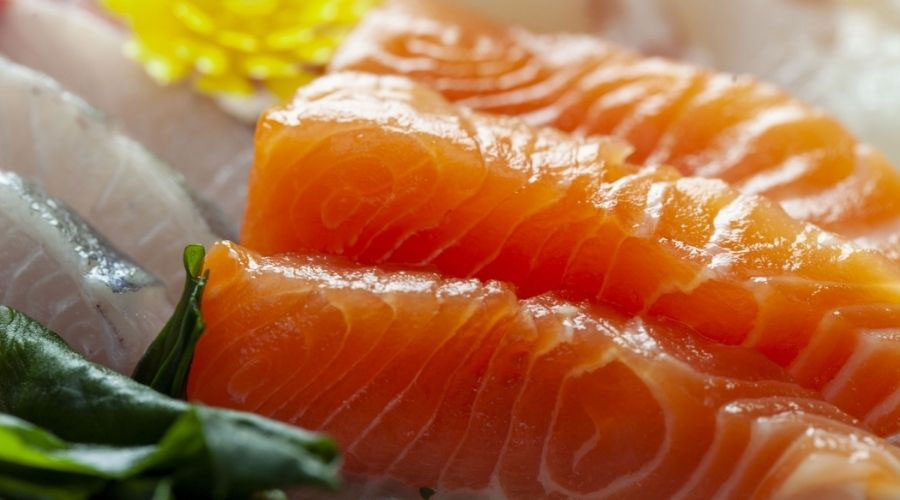
What Is The Best Bait To Trap a Raccoon?
Once you have found a good spot for your traps, it is time to start baiting them and trapping those pesky raccoons. As previously stated, depending on the season depends on the type of bait you should use.
Raccoons are more active during the summer and prefer sweet food. During winter, raccoons want to pack on weight, looking for specific foods.
Best Baits To Use During Spring & Summertime:
- Vegetables coated in honey or sugar
- Sweetcorn on the cob
- Watermelon and other sweet fruits
- Marshmallows
- Strawberries
Best Baits To Use During Autumn & Wintertime:
- Fresh, smoked, or canned fish
- Eggs, either hardboiled, scrambled, or whole raw eggs
- Wet or dry cat food. The stinkier, the better
- Other fatty and rich meats like chicken or beef
Remember where you place the inducement when putting the bait within your traps. The lure should be at the far end of the trap for single door traps, past the lever, and for double door traps, it should be right in the center.
Keep an eye on the amount of bait you place in the cages. If you use too little, the raccoons will not be as interested. On the other hand, if you put too much in, you will waste the food. We are merely trying to trap the raccoons and not feed them.
Now We Play The Waiting Game
It is time to wait after you’ve set up the trap and baited it. When heading to the confinement, check it every 3 to 4 hours while keeping an eye on your surroundings.
Raccoons are astute, as previously mentioned, and if they see you going to the same location, they can figure out what you are up to. You should check the trap often because raccoons can become very anxious when trapped in a small space.
It depends on the bait you’re using when re-baiting the traps. Changing the lure every other day is good if you use fruits like watermelon or whole raw eggs. You can change the bait every 3 to 4 days for the rest of the lures mentioned in this article.
Releasing A Trapped Raccoon
Congratulations on catching your first raccoon, and probably the only one you’ll ever need to capture! Grab a big towel and some heavy gloves. Slowly and softly approach the enclosure.
Rushing to the cell will frighten the raccoon, making it protective and violent. Cover the pan with the blanket. This will make the raccoon relax. It’s similar to Steve Irwin covering his opponent’s eyes with a shirt or towel.
It is time to take it somewhere to let it out. Take the raccoon at least 5 to 10 miles away from your building.
Choose a location with plenty of trees for shade and a nearby water source. If you’re in other populated areas, you’ll be pawning your issue on someone else, which is illegal, and the authorities will fine you.
Place the cage down and stand behind it. Open up the pen and wait. Most of the time, raccoons and other caged animals dart out of the cell as soon as they see an opening.
However, sometimes the animal will be too scared to come out. In this case, leave the trap open and back up a safe distance and wait for it to go.
Again, congrats. You’ve caught a raccoon and released it! Rinse and repeat as needed until the issue is fully resolved.
Final Thoughts
All in all, raccoons can be tough to trap, especially cage-shy raccoons. But in the end, as long as you follow this simple guide and have some good patience, eventually, you will catch the raccoons that have been trashing your yard.
Get FREE quotes from licensed pest control technicians in your area today. Whether you need spraying for ants, roaches, spiders, ticks, mosquitos, or bed bugs, We Can Help! All technicians are screened, licensed, and insured.


